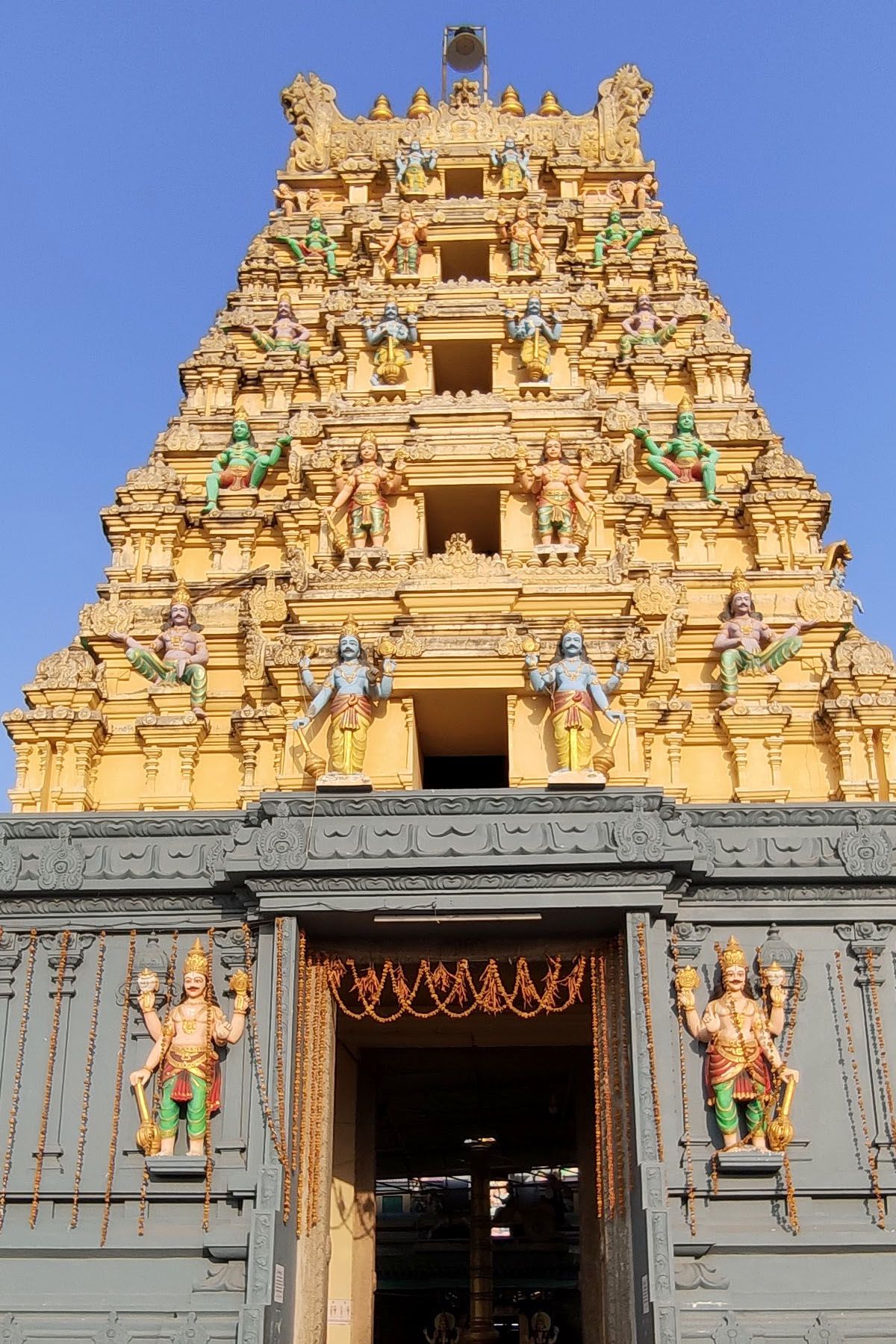
Antarvedi Narasimha Temple is located in the peaceful village of Antarvedi in the Konaseema district of Andhra Pradesh. It is one of the prominent temples of Lord Narasimha in Andhra Pradesh.
Also known as Sri Lakshmi Narasimha Swamy Temple, it is one of the Nava Narasimha Kshetras. Lord Narasimha Swamy, along with his consort Lakshmi Devi, are the main Deities of the temple.
By the benevolence of Lord Narasimha, this revered spot is known as Dakshina Kashi, or Kashi of the South, since devotees can experience an immense spiritual aura here. It draws large crowds from around the world, with devotees coming to this holy site to seek Lord Narasimha’s blessings for overcoming life’s challenges and achieving success.
The temple is situated at the Sagara Sangama, a confluence of the massive Bay of Bengal and the Vashista River, a tributary of the Godavari River. It offers a breathtaking view of the merging waters for pilgrims.
This sacred spot is called Sapta Sagara Sangama Pradesha, where the Vashista River meets the Bay of Bengal, holding immense spiritual and cultural significance. Natives of this place fondly call it “Anna Chelli Gattu.” Unlike the seawater, which is salty, the water here is sweet and cool. Devotees honor this water as prasadam and partake of it as tirtha, which is one of the most astonishing aspects of this temple. This confluence is considered very auspicious and is believed to be one of the seven holy bathing spots in India. This is the major attraction of the place, which pulls the crowd towards its scenic beauty. The temple is magnificently emplaced on a small island, with the Bay of Bengal embracing one side, while the Godavari River gloriously surrounds the other three sides. This offers a stunning panoramic view of natural beauty, making it a truly enchanting and serene destination for pilgrims.
Inside the Garbhagriha
Inside the garbhagriha of this temple, Lakshmi Devi is seen sitting on the lap of Lord Narasimha. This shila vigraha of Lord Narasimha is 10 feet tall. It is the only temple of Narasimha Swamy facing west (Paschima Mukha).
5 Sacred Sites at Antarvedi
Antarvedi boasts five sacred spots: the Vashista River, Sagara Sangam, Bay of Bengal, Raktakulya River, and Chakratirtham. Taking a holy dip at these locations is believed to liberate a person from the cycle of birth and death and is especially beneficial for those who perform acts of charity. Offering pind daan here is considered to be as meritorious as doing so at Gaya and the Ganges.
Sthala Purana of Antarvedi Narasimha Temple
According to history, the Ksheera Sagara Mathanam took place at this holy spot. Once, Lord Brahma desired to perform the “Rudrayaga” and decorated the place like a Vedic stage; hence, it came to be known as Antarvedi.
Another significant event involves Raktavilochana, the son of Hiranyaksha, who performed severe penance on the banks of the Vashista River to please Lord Shiva. Gratified by his devotion, Lord Shiva manifested before Raktavilochana and granted him a boon. Raktavilochana’s unusual request was that during battle, the blood from his body, upon touching the sand, would transform into Rakshasas of his strength and valor, who would join him in the fight and merge back into him after the battle.
Empowered by this boon, Raktavilochana became arrogant, tormenting sages and innocent people and disrupting yagnas and ashramas. Sage Vishwamitra, harboring a grudge against Sage Vashista, provoked Raktavilochana to kill Vashista’s 100 sons. While Vashista was in Brahmaloka, Raktavilochana carried out this heinous act. Vashista was overcome with profound sorrow upon returning to Bhooloka and discovering the deaths of his sons.
Vashista prayed to Lord Narasimha to defeat Raktavilochana. A fierce battle ensued, with Raktavilochana using all kinds of weapons against the Lord. However, Lord Narasimha used the Sudarshana Chakra to kill the Rakshasas. He summoned Yoga Maya to prevent the blood from falling on the ground, creating the Raktakulya River. Additionally, he created “Maya Sakthi” to manage the blood drops from Raktavilochana’s body. After a tough fight, Lord Narasimha cut off Raktavilochana’s hand with the Sudarshana Chakra, killing him and his demons. The blood, prevented from falling on the ground by Maya Sakthi, was released as the reddish Raktakulya River.
The place where Lord Narasimha washed his Sudarshana Chakra came to be known as Chakra tirtham, where a dip is believed to wash away all sins. After vanquishing the demon, Vashista wished to enshrine the Lord’s sanctity at his hermitage. Lord Narasimha, pleased with his devotion, consented. On a auspicious day, amidst the presence of all devas and devatas, Sage Vashista, following all Vedic rituals, installed Lord Narasimha at Antarvedi. Together, they prayed for Lord’s presence at this place to bless the devotees.
Architecture of Antarvedi Narasimha Temple
Antarvedi Narasimha Temple is a wonderful temple, initially built by the Pallava kings and Peddapuram Reddy. This temple showcases the stunning Dravidian style of architecture, built in the 15th and 16th centuries.
Kopanati Krishnamma has made a significant contribution to the development of this temple. He belongs to Agnivansha or Agni Kula Kshatriya Vansha. He, along with his brother Ranganadulu, reconstructed this temple in 1823 AD. Made a huge contribution to this temple by donating 2000 acres of land and a lot of gold and diamond jewelry to Lord Narasimha of Antarvedi. And making it as one of the richest temples of that era.
Inside the temple complex, there is a small temple dedicated for various deities: Hanuman Swamy and Kodanda Rama Swamy along with Sita Devi and Lakshman.
The temple also houses other deities like Rajya Lakshmi, Garuda, Venkateshwara Swamy, Bhudevi, Ranganayaka Swamy, and Keshava Swamy.
Newly married couples pray to Santana Gopala Swamy to bless them with an offspring.
Inside the garbhalaya, there is a deity of Lord Neelkantheshwara. Also, there are Deities of Parvati, Subramanya, Vigneshwara, and Durga Devi.
Rituals of Antarvedi Narasimha Temple
Sudarshana Homa: The homa is performed daily at 10:00 AM at this temple. Participating in this ritual helps alleviate worries and doshas related to marriage, as well as the anxiety of the devotees. It brings peace, prosperity, and happiness.
Nitya Kalyanam: This is one of the temple’s main attractions and one of the most significant sevas performed for the Lord. The daily wedding ritual of Lord Narasimha and Lakshmi Devi are conducted here.
Narasimha Aradhana: This is the famous aradhana performed by offering prayers and chanting hymns.
Abhishekam: The Abhishekam to Lord Narasimha Swamy is performed daily in the early morning, between 7:00 AM and 8:30 AM.
Festivals of Antarvedi Narasimha Temple
Kalyanotsavam: This festival is celebrated with grandeur during Maagha Maasa, from Shuddha Sapthami to Bahula Padyami.
Sri Venkateswara Swamy Kalyanam: This festival is celebrated during Jyeshta Shuddha Ekadashi.
Sri Narasimha Jayanthi: This is the most prominent festival celebrated here. It falls on the Vaisakha Shuddha Chaturdasi.
Bhisma Ekadashi: On the auspicious day of Bhisma Ekadashi, the Kalyanotsava of Lord Narasimha is performed for 9 days.
Temple Timings of Antarvedi Narasimha Temple
The Darshan timings of Antarvedi Lakshmi Narasimha Swamy Temple are as follows. However, the timings may vary slightly during the festival timings.
Morning: 6:00 AM to 1:00 PM
Evening: 3:30 PM to 7:30 PM
Types of Darshan at Antarvedi Narasimha Temple
Abhishekam – 8:00 AM to 9:30 AM
Nijarupa Darshan – 6:00 AM to 8:00 AM
Sarva Darshan – 9:30 AM to 12:30 PM and 3:30 PM to 7:30 PM
Best time to visit Antarvedi Narasimha Temple
November to February is the best time to visit Antarvedi Narasimha Temple.
Places to Visit Nearby Antarvedi Narasimha Temple
Bhimeswara Swamy Temple: This is a renowned temple dedicated to Lord Shiva, worshiped in the form Bhimeswara. It is located in Draksharamam town in the Konaseema district.
Ksheeraram Temple: It is also known as Ksheera Ramalingeswara Swamy Temple, is one of the Pancharama Kshetras dedicated to Lord Shiva. It is located in Palakollu, West Godavari District, Andhra Pradesh. This temple is renowned for its towering structure and the unique milky white Shiva Lingam.
Appanapalli Temple: It is the prominent temple in Appanapalli town in the Konaseema district. The temple’s principal deity is Sri Venkateshwara Swamy. Famously known as the Sri Bala Balaji temple.
Sri Someswara Janardana Swamy Temple: This temple is also called the Somarama temple. It is situated in the town of Bhimavaram, within the West Godavari district of Andhra Pradesh.
How to Reach Antarvedi Narasimha Temple
If you plan to visit the Antarvedi Narasimha Temple and other sacred places, consider taking Tirtha Yatra’s Srikurmam Simhachalam Yatra. All arrangements of your yatra will be well taken care of.
However, If you prefer to travel on your own, here are a few options.
By Air: Rajahmundry and Vijayawada International Airport are the nearest airports. From this location, you can conveniently travel to Narsapur by either bus or train. From Narsapur, you can reach the temple by boat, which is only 10 km.
By Rail: Narasapur Railway Station is the nearest railway station, located 20 km from the temple. From here, you can prefer an auto or taxi to reach the temple.
By Road: Frequent buses operate from major cities such as Rajahmundry and Vijayawada to Antarvedi.
1
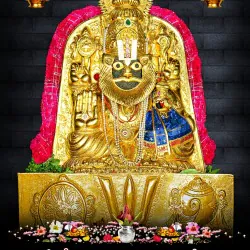

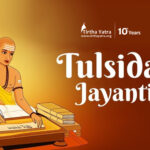
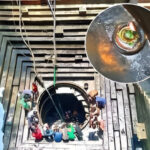
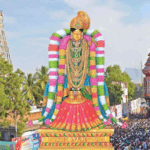


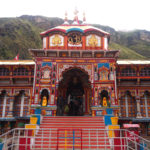
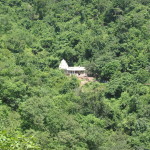
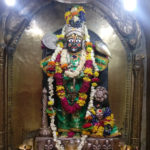
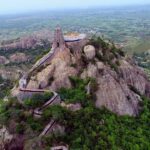
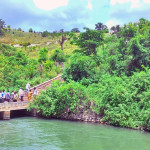
Comment On Antarvedi Narasimha Temple
Good